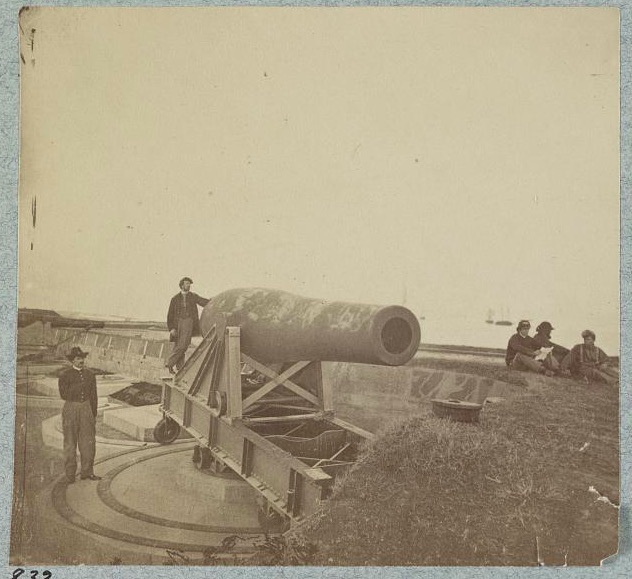Weapons
Weapons are the key aspect in any war. At the start of the Civil War in 1861, both the North and the South were using swords and muskets as a way to protect themselves. Unfortunately, using both swords and muskets required close distance and strong hands. Moreover, soldiers were only able to carry one bullet at a time with a range of 250 yards and the target positioned within 80 yards. As the war progressed, newer types of weapons were introduced. Rifles and Minie bullets likewise changed the course of the war. The rifle had a capacity to shoot a bullet up to 1000 yards as well as much improved accuracy. The rifle was, however, difficult to use without the right bullet, as it took soldiers time to load bullets into the weapon. Once the Minie bullet was proposed, the rifle accounted for the majority of the war casualties in the civil war. This weapon allowed for farther distance and better accuracy when shot, and allowed for faster reloading. Soldiers were not under the same pressure when using the rifle because they were not in hand to hand combat or close proximity to the enemy, allowing for less mistakes. As inventors began to notice the stunning results from the rifles, they believed they could make something greater. The soldiers and army generals prefered a weapon that would give an even greater distance and a more operative impact. With this in mind, the Cannon was conceived. Made from steel, it also consisted of a longer and wider shape, giving way to supporting heavier ammunition. The ammunition required a large rounded shaped object that would fit into the head of the cannon. Steel balls were recommended because they were heavy and would create more damage to the affected area. Unfortunately, the damage done by the cannon balls not only affected the area but the people as well. Hill delineates details of the effects of being hit by one of these canister balls. He writes that there seemed to be entry and exit wounds on individuals hit by the cannon. Hill writes, “In this case, it can be seen that a single canister ball has created a nearly round entry wound and a larger and more irregular fracture on the opposite side of the skull”(1171). The balls caused immediate death to any person or persons that it came in contact with due to its speed and weight. In addition to their disastrous impact, the accuracy of the cannons was greatly aided by renaissance balloons.
Works Cited
Hill, Steven W. “Effects of Canister Shot in the Civil War: Skull of a Soldier of the 54th Massachusetts Volunteers.” Military Medicine, vol. 179, no. 10, Oct. 2014, pp. 1171–1172. EBSCOhost, doi:10.7205/MILMED-D-14-00234.
Appendix A
The Lincoln gun. [Photographed 1864, printed between 1880 and 1889] Photograph. Retrieved from the Library of Congress, <www.loc.gov/item/2012646299/>.
